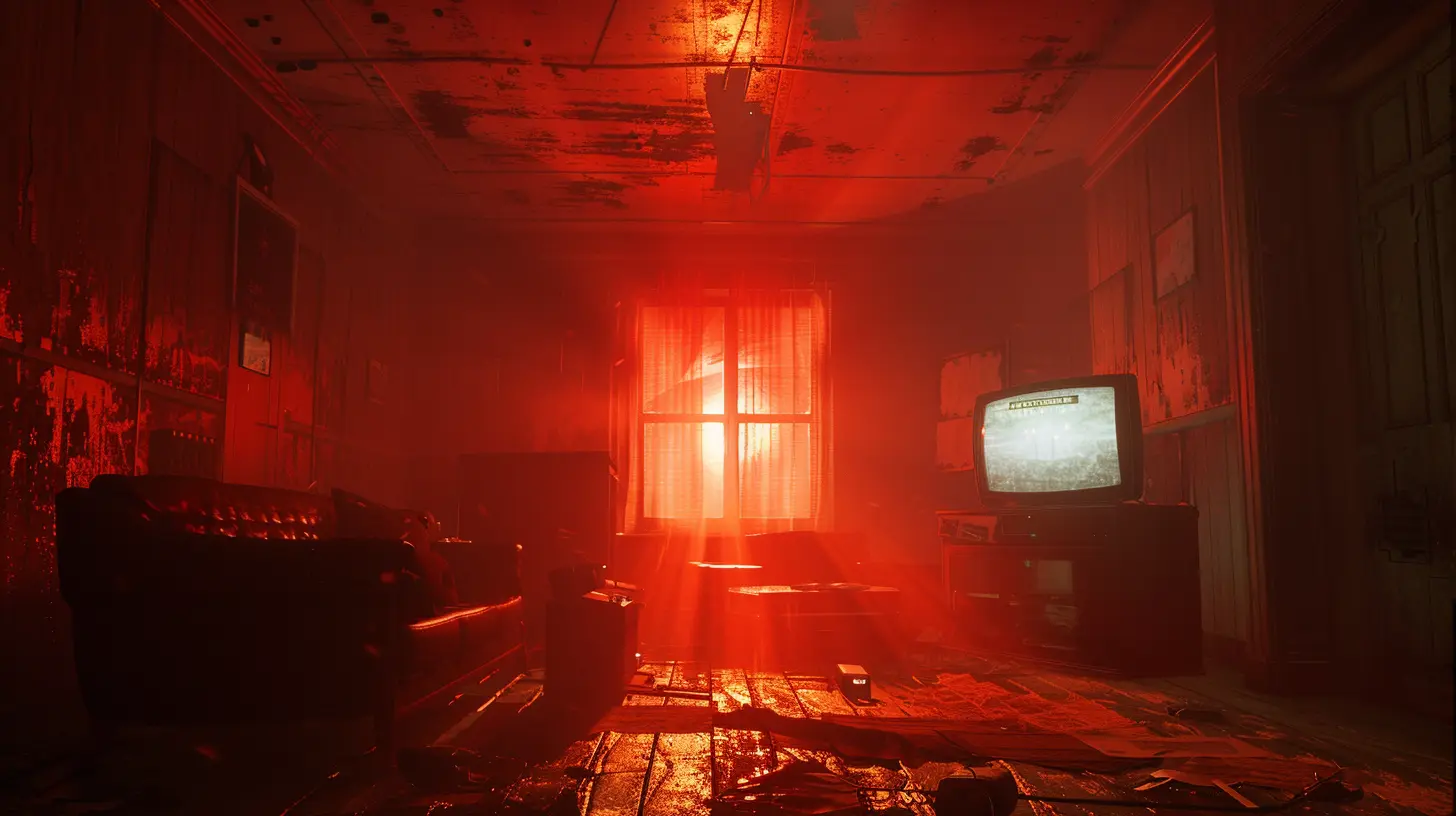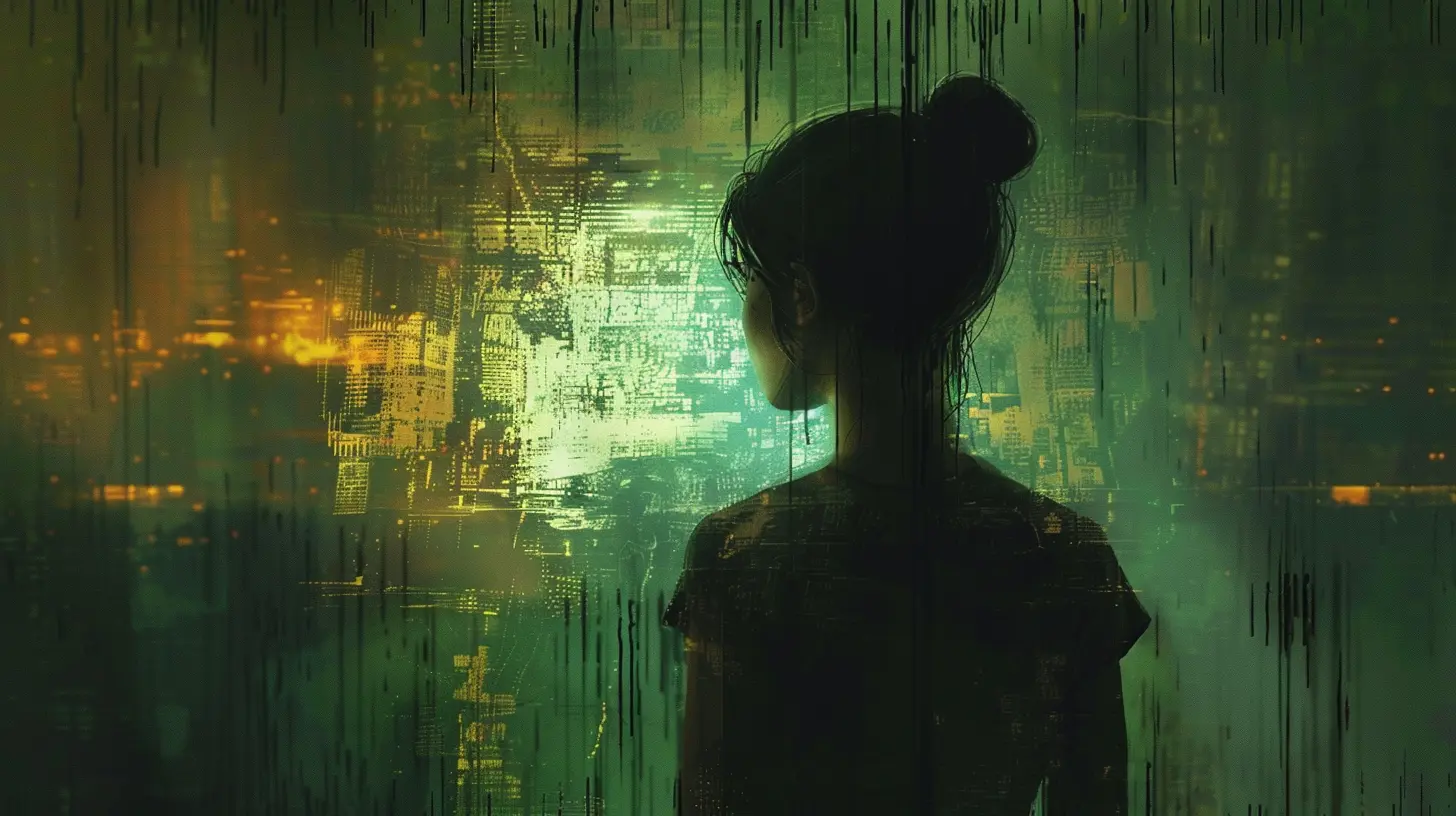Breaking the Fourth Wall in Game Narratives
22 September 2025
Have you ever been deep into a game, totally immersed in its world, then suddenly—bam!—the character looks straight at you and says something like, “Hey, player, I know you’re out there!” That, my fellow gamer, is breaking the fourth wall, and it's one of the most unique and mind-bending storytelling techniques in video games.
In this article, we're diving headfirst into how games break the fourth wall, what makes it such a powerful narrative technique, and why it sticks with us long after we’ve put the controller down. So grab your favorite snack, get comfy, and let’s talk game design, storytelling, and those moments that make you go, “Wait… did that just happen?!”
What Does "Breaking the Fourth Wall" Even Mean?
Let’s start with the basics. In theater, film, and other forms of storytelling, the “fourth wall” is the imaginary barrier between the audience and the performers. It’s like a one-way mirror—we can see the characters, but they’re not supposed to know we’re watching. When a game breaks that wall, it shatters that illusion. The characters or narrative step out of their world and acknowledge you—the player.It’s weird, it’s wonderful, and when done right, it’s absolutely unforgettable.
Why It Works So Well in Games
Now, breaking the fourth wall isn’t new. We’ve seen it in movies, books, and theater for ages. But here’s where video games have a massive advantage: interactivity.Unlike movies where you’re just watching things unfold, games need you. They rely on your decisions, your actions, and your involvement. So when a character stops and talks to you, it creates a stronger emotional punch because you’re already engaged in the experience.
It’s like being called out in a magic show—you’re not just part of the audience anymore, you’re in the performance.
Iconic Examples of Fourth Wall Breaks in Games
Let’s geek out for a second and relive some of the most iconic moments from games that twisted our brains and made us feel like we were playing in a whole new dimension.🎭 Metal Gear Solid – Psycho Mantis Reads Your Mind
If you’ve played the original Metal Gear Solid, then you definitely remember Psycho Mantis. This boss fight wasn’t about brute force—it was about messing. With. Your. Head.He read your memory card to comment on the other games you played. He told you to put your controller on the ground… and then used “psychic powers” to move it with vibration. He even made you switch controller ports to defeat him. It was creepy, clever, and totally groundbreaking.
🧠 Eternal Darkness – Sanity Effects That Torment You
Eternal Darkness on the GameCube wasn’t just a horror game—it was psychological warfare. The game had “sanity effects” designed to mess with you. We’re talking fake error messages, turning down your volume, showing your character’s death, and pretending to delete your save file.It didn’t just break the fourth wall—it tore it down with a chainsaw and laughed maniacally while doing it.
🧸 Undertale – A Game That Knows You
Undertale is a masterclass in meta-narrative. Not only do your choices matter, but the game remembers them—even if you reload a save. Kill a character and reload? The game will still call you out. It’s charming, unsettling, and brilliant all at once.And then there's Flowey. That terrifying, smiling flower that learns as you play and manipulates your expectations in the most devious ways. Undertale doesn’t just break the fourth wall—it dances on its shattered pieces.
🤖 The Stanley Parable – Narrator vs. Player Showdown
The Stanley Parable is basically a love letter to fourth wall breaks. You're Stanley, a very average office worker, and the narrator tells you what you're about to do. But what happens when you choose not to follow the narrator’s direction?That’s where things get juicy.
The game spirals into a series of self-aware commentaries about free will, player agency, and narrative control. It’s clever, existential, and totally meta.
Types of Fourth Wall Breaks in Games
Not all wall-breaking moments are the same. Some are cheeky little nods. Others are full-blown existential crises. Let’s break 'em down.📝 Narrative Awareness
This is when a character or the story acknowledges that it’s part of a game. Think of GLaDOS in Portal 2 making snide comments about your failures. Or Deadpool literally talking to the player while joking about being in a video game. It's fun, it’s witty, and it makes you feel like you’re in on the joke.🎮 Gameplay Integration
Sometimes the fourth wall is broken through actual gameplay mechanics. Like in Doki Doki Literature Club, where the game deletes characters from your save file. Or when Batman: Arkham Asylum uses Scarecrow’s toxin to make you think your game has crashed. These moments tweak game behavior itself, messing with your expectations.🧍 Direct Player Interaction
This is when a character speaks directly to you. Like when Flowey in Undertale stares right into your soul and says something that makes you freeze. These moments can be unsettling or hilarious, but either way they hit different.Why Do Devs Risk Breaking Immersion?
You’d think that purposely reminding players they’re playing a game would ruin the immersion, right? Not necessarily.Breaking the fourth wall, when done well, actually deepens the experience. It brings attention to the mechanics and medium itself in a clever way. It invites the player into the joke—or the horror. It also gives developers a unique way to bond with players, to challenge them, and to deliver unforgettable twists.
It’s a risky move, sure. But when it lands? It’s magic.
How Indie Devs Are Leading the Charge
While big-budget games have played with the fourth wall, indie developers have really embraced it. Why? Because they’re not afraid to experiment. They’re not chained to traditional game design rules. And often, they’re telling personal stories that need a more intimate connection with the player.Take a game like OneShot. It tells you up front: this is a game, but your choices still matter. It frequently addresses the player by name (even pulling it from your computer settings), creating a warm and personal experience unlike anything else.
Indie devs are using fourth wall breaks not just for shock value, but to tell deeply human stories.
When Breaking the Fourth Wall Goes Wrong
Let’s be honest—this technique isn’t bulletproof.If done poorly, it can feel gimmicky or forced. Imagine a horror game trying to spook you with a fake system error—but you immediately realize it’s fake. Instead of fear, you get frustration.
Or if a character talks to the player out of nowhere with no narrative buildup, it might just feel random or cringey.
The key is context. The story, character, and world need to guide the wall-breaking moment so it feels natural—even if it’s totally unexpected.
Could This Be the Future of Storytelling?
With virtual reality, advanced AI, and interactive narrative tools evolving fast, the potential for dynamic fourth wall breaks is huge. Imagine a game that learns from your behavior over time and evolves its story accordingly. Or VR games where characters make eye contact with you and react to your real-world movements—it’s happening already.We're heading towards storytelling that doesn't just break the fourth wall—it builds a whole new room where storyteller and player sit together.
Final Thoughts: It's Personal Now
Breaking the fourth wall isn't just a clever trick; it's a deeply emotional, psychological tool that blurs the line between player and game. Whether it's to make us laugh, scare us, or make us think twice about what choice we’re making, this technique connects creators to their audience in a raw, unforgettable way.So next time a character in a game looks at you and says, “You should have known better,” don’t roll your eyes. Lean in. They’re not just talking to a player—they’re talking to you.
And that’s the power of storytelling in games.
all images in this post were generated using AI tools
Category:
Game NarrativesAuthor:

Greyson McVeigh
Discussion
rate this article
1 comments
Bernadette Cannon
Great article! Breaking the fourth wall adds a unique layer to game narratives, engaging players in unexpected ways. It’s fascinating how this technique enhances storytelling and deepens emotional connections. Keep it up!
October 18, 2025 at 4:54 AM

Greyson McVeigh
Thank you! I'm glad you enjoyed the article and appreciate your insights on how breaking the fourth wall enhances storytelling in games.


